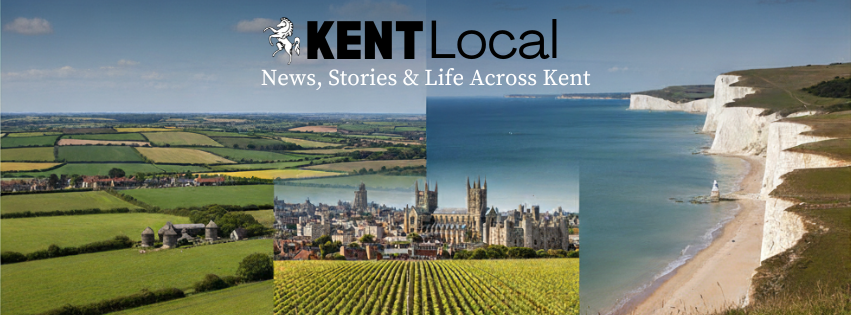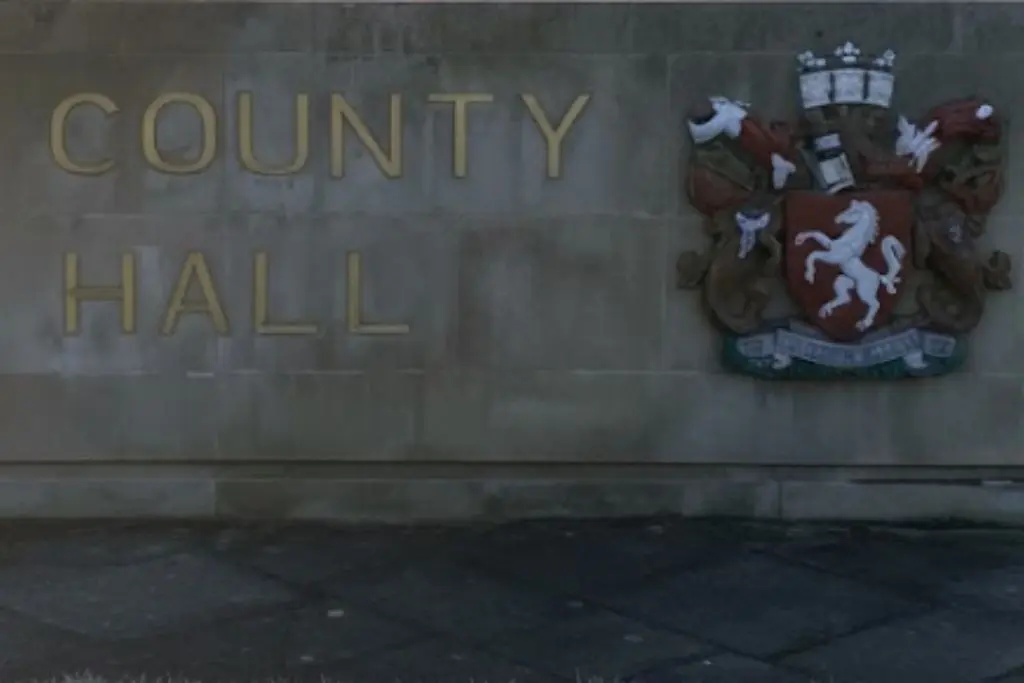Devastation Unfolds: The Scale of the Wildlife Loss
Initial Discovery and the 3.7-Mile Affected Stretch
Residents and environmental groups around Canterbury have been alarmed by the recent discovery of thousands of dead fish and swans along a 3.7-mile section of Sarre Penn and the adjacent River Wantsum near Sarre. The incident was first identified when locals noticed unusual numbers of floating and stranded aquatic wildlife, prompting concern over water quality and ecosystem health.
Kent Wildlife Rescue’s Heartbreaking Efforts
Volunteers from Kent Wildlife Rescue, led by Johnny Allen, have been working tirelessly to respond to the situation, rescuing distressed birds and collecting dead wildlife. Despite their dedication, the scale of fatalities has overwhelmed their capacity. Many swans have succumbed, alongside a significant loss of fish including carp and tench. The loss extends to bottom-dwelling species which are particularly sensitive to water quality changes.
The Silent Victims: Why Bottom-Feeders Point to a Riverbed Threat
The presence of dead bottom-feeding fish suggests the pollution originates at or near the riverbed. These species rely heavily on silt and sediments and are vulnerable to contamination from chemicals or pollutants that settle in these areas. Their deaths indicate a persistent riverbed threat rather than a surface-level event, raising concerns about the nature and duration of the incident.
Unravelling the Mystery: The Environment Agency’s Investigation
On-Site Response and Crucial Water Sampling
The Environment Agency (EA) has responded promptly, conducting on-site investigations and collecting water samples at multiple points along the affected rivers. These samples will be analysed for a range of potential pollutants including toxic chemicals, heavy metals, and organic contaminants. The agency’s findings will guide the clean-up strategy and any legal actions stemming from the incident.
Exploring Potential Sources: From Accidental Discharge to Deliberate Dumping
While the exact cause remains unknown, initial theories suggest contamination could have arisen from vehicle discharges, unauthorised dumping of chemicals, or industrial waste. No obvious odour or unusual water coloration has been reported, making pinpointing the source more complex. Investigators are also considering less likely causes such as natural algal blooms, but evidence currently leans towards man-made pollution.
A Dual Threat: Pollution and the Lingering Question of Bird Flu
Distinguishing Between Pollution and Highly Pathogenic Avian Flu
A separate but serious concern is the presence of highly pathogenic avian influenza in the region. Authorities have confirmed that bird flu is circulating in wild bird populations. However, the deaths of swans and fish in Sarre Penn and River Wantsum have been attributed to aquatic pollution after initial assessments. The symptoms and patterns differ significantly, with pollution causing widespread fish deaths and bird flu primarily affecting birds.
The Broader Impact on Kent’s Avian Population
While the pollution incident represents the immediate crisis, Kent’s bird populations continue to face pressure from avian influenza outbreaks. Wildlife groups urge residents to report any sick or dead birds and to avoid contact with wildfowl to limit the spread of bird flu alongside ongoing environmental threats.
Beyond the Immediate: Ecological Repercussions for Sarre Penn and River Wantsum
Vulnerability of Kent’s River Ecosystems
The Sarre Penn and River Wantsum are vital habitats for diverse wildlife and support several local communities. The rivers carry ecological, recreational, and economic value, making this pollution event a significant blow. Local ecosystems are particularly sensitive to contamination, with pollutants potentially disrupting reproductive cycles, food chains, and overall biodiversity.
What Could the Long-Term Environmental Damage Be?
Long-term impacts could include lasting degradation of water quality, loss of certain fish populations, and changes to plant life dependent on clean aquatic environments. Sediment contamination may persist for months or even years, requiring ongoing monitoring and ecological restoration efforts. Experts stress that recovery depends on immediate clean-up effectiveness and prevention of future incidents.
Community Alert: Safety Precautions and How You Can Help
Advice for Dog Walkers, Anglers, and Local Families
Residents using the rivers for recreation should exercise caution. Dog owners are advised to keep pets away from affected waters to avoid exposure to toxins. Anglers should avoid fishing in the affected areas until further notice. Families are encouraged to monitor children closely and prevent them from contact with the waterways until safety is assured by the Environment Agency.
Reporting Further Sightings or Suspicious Activity
The community plays a key role in addressing the crisis. Residents who observe additional wildlife deaths, unusual water discolouration, or suspect pollution sources are urged to report these to the Environment Agency or Kent Wildlife Rescue. Timely information can help authorities identify and stop the pollution source more rapidly.
A Call for Vigilance: Protecting Kent’s Precious Waterways
This incident highlights the importance of safeguarding Kent’s rivers and keeping them free from pollutants. Community vigilance, adherence to safety guidance, and support for local wildlife organisations remain essential. Kent residents are encouraged to stay informed through reliable local news and environmental updates.
What Happens Next? The Path to Recovery and Accountability
The Environment Agency will continue investigations, working to identify those responsible and enforcing penalties under environmental protection laws. Clean-up operations will focus on removing contaminants and restoring water quality. Scientists and conservation groups will monitor aquatic health to track recovery progress over the coming months.
Kent Wildlife Rescue and local volunteers will maintain rescue and rehabilitation efforts as needed. The community’s cooperation will be critical to recovering from this ecological setback and preventing future harm to Kent’s waterways and wildlife.


